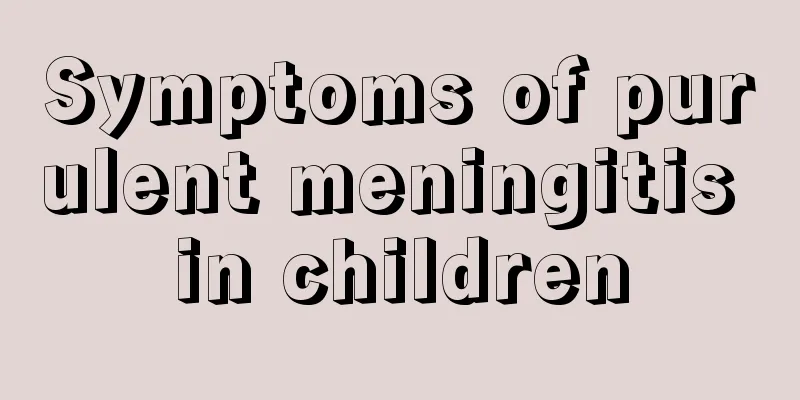DPT vaccine arm swelling

|
The pertussis vaccine is a relatively common type of vaccine, and it is also a vaccination that many children must get. After the baby is vaccinated, do not do strenuous exercise for a period of time, drink more water, and keep warm to prevent the wound from catching cold. If the arm continues to be red and swollen after the vaccination, this is considered a complication and serious cases require going to the hospital for examination. DTP vaccine reaction 1. Home care: It is best to give your child a bath the day before vaccination. After receiving the DTP vaccine, the child should get adequate rest. Do not do strenuous exercise or make the child too tired. Also, pay attention to keeping warm to prevent colds, fevers or other diseases. Children should be given plenty of water to drink, and local skin disinfection should be carried out with a sterile cotton swab dipped in 75% alcohol once in the morning and evening for 1-2 days to prevent local secondary infection due to sweating and dirt. Do not bathe your child within 24 hours after vaccination. 2. General reactions: After vaccination, some children will experience pain, redness, mild fever, and body temperature <38°C at the injection site within 24 hours. Some children may also experience swollen axillary lymph nodes on the injection side. At this time, let the children drink more water to promote the excretion of metabolic products in the body and lower the body temperature. Generally, no special treatment is required. The injection site is red, swollen and painful, with obvious nodules with a diameter greater than 5 cm, which usually occurs about 1 week after the injection. The body temperature is <38℃ and can be treated with a clean hot wet compress: fold the towel or gauze into a square, soak it in 60℃ ~ 70℃ hot water, wring it out slightly and apply it to the nodule. Change it every 5 to 10 minutes, continue for 20 to 30 minutes, at least 1 to 2 times a day. Massage will have better effects. If the high fever persists or there are other abnormal reaction symptoms, the patient should be sent to the hospital for diagnosis and treatment in time, but antibiotics should not be given. 3. Aggravated reaction: Nodule and fluid accumulation at the vaccination site. If the local skin feels fluctuating when touched and the surface skin is not broken, you can give hot compresses and physical therapy. If there is no bacterial infection in the early stage, do not make an incision to drain the fluid, so as not to cause bacterial infection and fistula formation. If necessary, use a sterile syringe to draw the fluid at irregular intervals according to the aseptic operation requirements, or you can apply ichthyol ointment externally. If an abscess appears at the vaccination site and the surface skin has been broken, you can give an incision to drain the pus and expand the wound. Pay attention to protecting the wound surface, cooperate with antibiotic treatment, etc. |
<<: How long does the hand, foot and mouth disease vaccine last?
>>: Migraine symptoms in children
Recommend
What to do if a baby girl has hernia
The hernia we usually talk about refers to congen...
Does a baby sticking out tongue mean cerebral palsy? Reveal the truth to you
Some babies will stick out their tongues for a lo...
Baby has diarrhea and sour smelly stool
Babies often suffer from the adverse reaction of ...
Treatment of hand, foot and mouth disease in children
The physical health of young children is what par...
Is iron deficiency anemia dangerous for children?
Many children have irregular and picky eating hab...
What should I do if my baby is zinc deficient for three months?
Because children are relatively young, parents ar...
This is the best way to ventilate a child's stuffy nose
Colds, nasal mucus, etc. are common causes of nas...
What should children eat when their voice is hoarse?
Nowadays, infants and young children will tear th...
Treatment for cerebral palsy in children
There are more and more children suffering from c...
What are the symptoms of precocious puberty in women?
Generally speaking, the incidence of precocious p...
Can children drink milk powder when they have a fever?
Newborn babies mainly rely on breast milk for fee...
What to do if your baby doesn't gain weight after eating
For babies who eat normally but do not gain weigh...
My baby has a stuffy nose at night but nothing happens during the day. What's going on?
It is quite common for babies to have nasal conge...
Introduction to neonatal urine output
When a newborn baby comes into this world, parent...
What are the dietary treatments for children's sweating?
Parents are worried about children's sweating...









